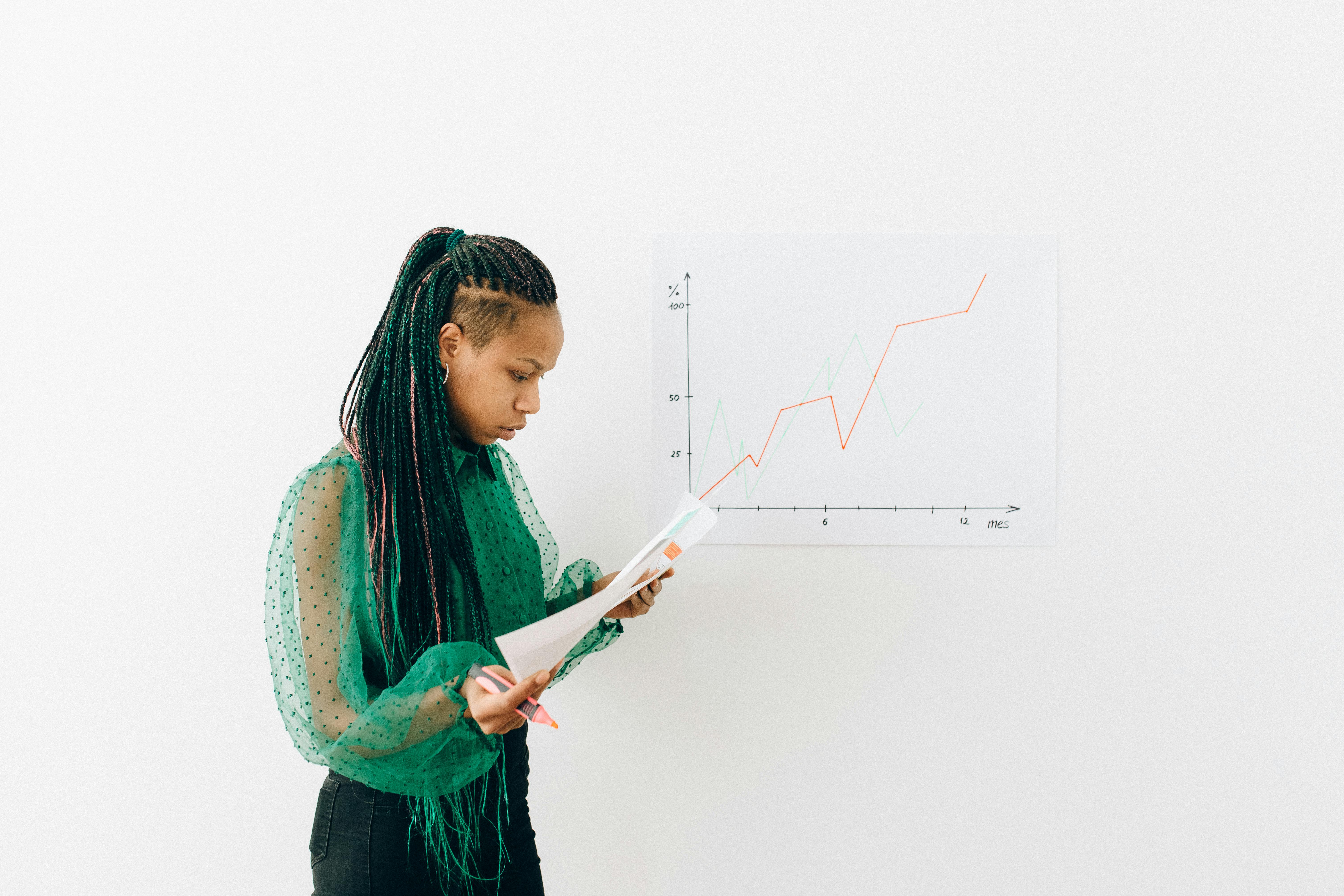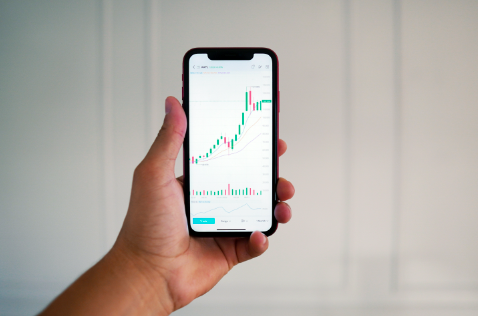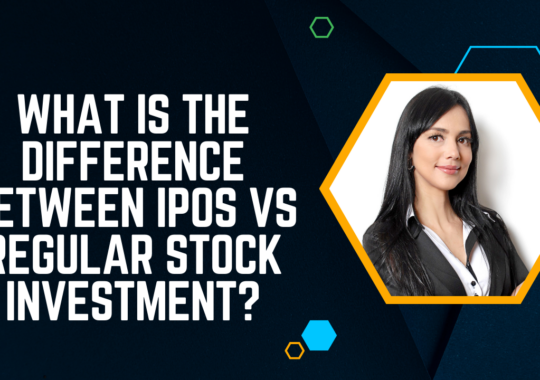A Mighty Fine Margin
No forex trader can afford to neglect margin and margin requirements. Margin is frequently referred to as a “good faith deposit” when used to begin a position. Typically, the margin is expressed as a percentage of the whole position, such as 0.25 percent, 0.5 percent, 1 percent, 2 percent, etc. Based on the margin required by your broker, you may calculate the maximum leverage you can employ with your trading account.
Margin calculations in forex trading refer to the amount of money a trader puts up to secure a position. Consider it collateral—not a fee or a cost, but it ensures that your account can manage any deals you make. The quantity of margin you’ll need is solely determined by the amount of money you’re trading.
Margin calls might happen quickly if you open a deal with too much margin. On the other hand, opening a trade with insufficient margin may result in a lucrative trade with little impact on your account. As a result, the required margin should be somewhere in the middle.
When you trade forex with leverage, the broker provides you with an additional margin to trade with based on the leverage you choose.. To prevent your account from losing more money than you put in, a broker uses an automatic mechanism called a margin call to terminate all open trades once the margin level exceeds a specific percentage (typically 80%).
Most forex brokers offer a high leverage ratio or, to put it another way, minimal margin requirements. Even though currency prices do not fluctuate as much as stock prices and forex trading profits vary substantially. Stocks can double, quadruple, or even collapse to zero in value, but cash never does. Because currency prices are less volatile than stock prices, far lower margin requirements are less dangerous.

Because it is not borrowed money but merely the equity needed to assure that you can cover your losses, the margin in a forex account is commonly referred to as a performance bond. Borrowing is unnecessary in most currency transactions because nothing is purchased or sold; agreements to buy or sell are traded. As a result, there is no interest charged for applying leverage.
When a forex trader starts a position, the broker holds the trader’s initial deposit as collateral. The total amount of money put up by the broker to keep the trader’s positions open is referred to as the used margin. More funds in the trader’s account are utilized as a margin when more positions are opened. Accessible equity is the amount of funds a trader has left available to start new positions. It can be used to calculate the margin level.
As a result, the margin level is the percentage ratio of account equity to utilized margin. The following is the formula for calculating margin level:
Margin level = (equity / used margin) x 100
Assume you have a $10,000 account balance and want to open a position that requires a $1,000 Forex margin. Your equity will be $1,000 (i.e., $10,000 – $9,000) if the market swings against you and you incur an unrealized loss of $9,000. Your equity is equal to your margin in this case, so your Forex margin level is 100 percent. This means you won’t be able to create any new positions on your account till the market improves and your equity rises again or unless you deposit more money into your account.

Assume that the market continues to move against you for the sake of argument. Your lost positions will be automatically closed by the broker in this case. The stop-out level is when the broker terminates your positions based on the margin level. The stop-out threshold differs from one broker to the next. When the stop-out level is reached, the broker will close your trades in order of size, starting with the largest. If the market swings in your favor, your margin level will increase, meaning you can open more positions.

Krishna Murthy is the senior publisher at Trickyfinance. Krishna Murthy was one of the brilliant students during his college days. He completed his education in MBA (Master of Business Administration), and he is currently managing the all workload for sharing the best banking information over the internet. The main purpose of starting Tricky Finance is to provide all the precious information related to businesses and the banks to his readers.




